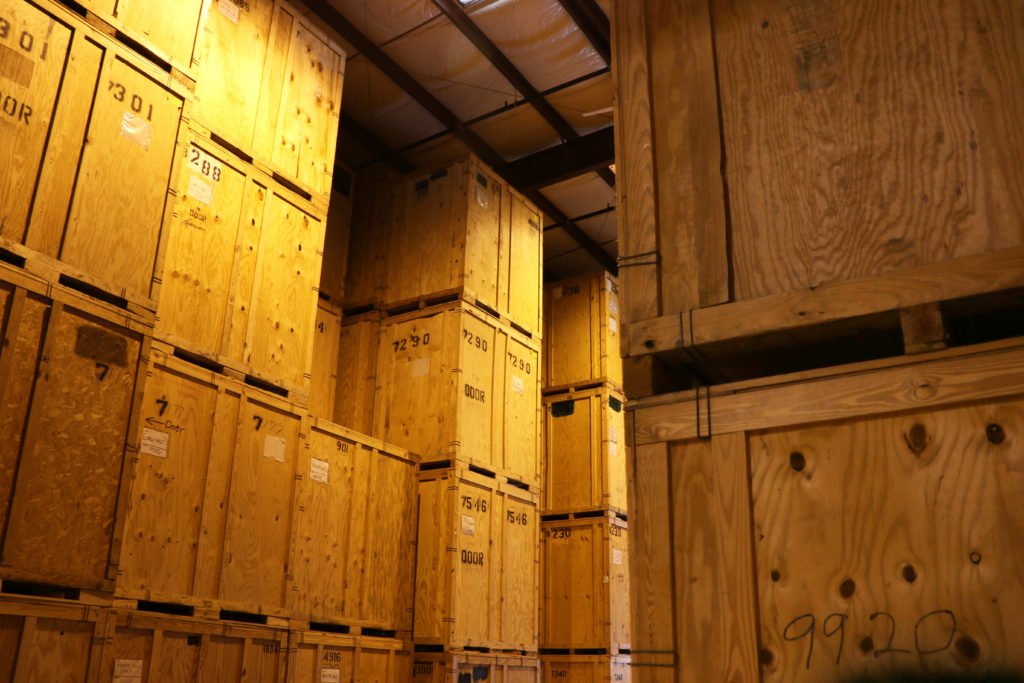ISPM 15, or International Standards for Phytosanitary Measures 15 is developed by the International Plant Protection Convention (IPPC) to monitor wood packaging used in international trade. Its objective is to stop the spread of plant pests and illnesses that are transported between nations within the untreated solid wood packaging material.
ISPM 15 regulates the use of raw wood packing material in international trade for both softwood (coniferous) and hardwood (non-coniferous) species. This includes wooden crates, packing blocks, dunnage, drums, cases, load boards, spools, pallets, skids, and others. ISPM 15 does not apply to plywood and veneer, reconstituted wood products (particleboard, chipboard, Presswood, oriented strand board, high-density fiberboard, and medium-density fiberboard), or products made entirely of glue, heat, and pressure, or a combination of all three.
ISPM 15-Compliant Treatment Options
The International Plant Protection Convention (IPPC) stresses the importance of treating wooden materials with a thickness of more than 6mm that are used to transport goods between countries. Pests can infest wood that comes from both living and dead trees. The wood packaging is frequently built of raw wood that has not been adequately processed or treated to remove or kill pests, and hence remains a channel for the introduction and spread of pesky insects.
Wood Packing Can Be Treated In The Following Ways:
Heat treatment: This entails heating the wood’s core to 133 degrees Fahrenheit for 30 minutes. Heat treatment is both safe and effective, with no legal consequences. As a result, there will be no delays in your shipments at international ports due to ISPM 15 issues.
Fumigation: This treatment involves pumping methyl bromide into a container or tent containing the wood bundles and leaving it there for 24 hours. Since methyl bromide is known to deplete the ozone layer, IPPC has suggested using more eco-friendly solutions.
ISPM 15 Rules & Its Impact On Global Import and Export
Many organizations and countries have legislation governing the cross-border movement of wood and wood products. Pallets and other wooden shipping components are covered by these rules.
For instance, you might have seen codes like the below on wood packaging materials:
AE – denotes two-letter country code.
054 – denotes the license number of the treatment provider (varies depending on the country).
HT – denotes Heat Treatment has occurred

Some importing countries have an extra requirement that wood packaging material should be made from debarked wood. In such cases, the exporter should get their wood packaging material stamped with one of these codes:
DB-HT: debarked wood packaging material that is heat-treated
DB-MB: debarked wood packaging material that is fumigated with methyl bromide
The ISPM 15 certification mark, which is affixed to wood packaging, indicates that it has been treated and complies with the ISPM 15 standard. Only certified treatment providers and wood packaging manufacturers are allowed to use the stamp. The ISPM 15 certification stamp can only be applied to wood packaging.
All types of raw wood packaging material undergo inspection at the border or on inland premises to ensure that they comply with the ISPM 15 international standards. If imports/exports don’t follow these regulations, the wood packaging material will be rejected or destroyed.
At Armour Pest World, we understand the importance of ISPM 15 certified wood crates, hence we provide services that meet the worldwide standard of ISPM 15 certification. Call us today to know about our pest control price or services!


